Vanilla Perfume: Properties, Extraction, and History
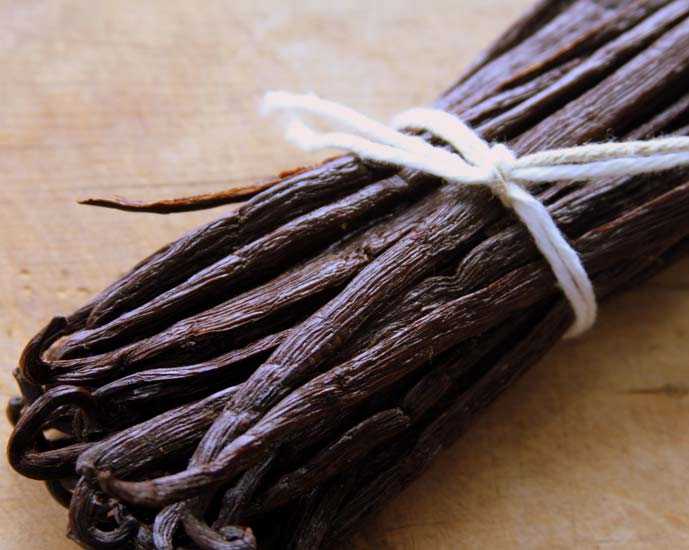
It’s distinct and unique in its kind, Vanilla is obviously magic in terms of both flavor as well as perfume. There are only a handful of aromas that have the ability to make you feel both awakened and serene at the same time. All the while engulfing you with your favorite nostalgic sweet treats. Vanilla is one of such rare things that are extremely covetable in the realms of both perfume and gastronomy, making it one of the costliest natural materials in the perfumery world.
Table of contents
-
What is Vanilla?
-
What does Vanilla smell like?
-
Where does Vanilla scent come from?
-
Vanilla properties
-
Vanilla uses and benefits
-
Vanilla perfume: the extraction method
-
Vanilla perfume: a short history
-
Final words
What is Vanilla?
Vanilla refers to the dried fruit pods or beans of the climbing perennial vines of the Vanilla species that belong to the orchid family. It has a distinct aromatic essence that made it one of the most sought-after fragrance notes and flavors in the world. The term “Vanilla” came from the Spanish word “vanilia” which means spice.
Native to Mexico, Vanilla vines grow in tropical forested regions and climb trees and shrubs. In Mexico, the pollination is performed by native bees but when it comes to Vanilla cultivation they are hand pollinated which is very painstaking and time-consuming. This is the main reason why Vanilla is one of the most priced fragrance materials in the world.
What does Vanilla smell like?
Vanilla exerts a sweet, warm, creamy, comforting, yet also slightly evocative scent. It represents an intertwined feeling of voraciousness and relaxation that has a distinct complexity of pleasure. It is both fresh as well as nostalgic, relaxing yet invigorating, just like magic in its kind that is universally pleasant and enjoyable.
Where does Vanilla scent come from?
In perfumery and culinary, mainly three Vanilla species are used:
- Vanilla planifolia – primarily grows in Mexico, Madagascar, and Indonesia which is why it is commonly known as Mexican Vanilla or Madagascar Vanilla. The vast majority of the natural Vanilla perfumes are made from Vanilla planifolia,
- Vanilla tahitensis – primarily grows in South Pacific regions, and
- Vanilla pompona – primarily grows in West Indies, South America or Peru, and Central America.
According to the 2019 report of FAO (Food and Agriculture Organization of the United Nations), most of the world’s Vanilla is produced by the following countries:
- Madagascar – around 40%
- Indonesia – around 29%
- Papua New Guinea – around 6%
- Mexico – around 6%
Central America, Turkey, China, Tonga, French Polynesia, and Uganda also produced small amounts of Vanilla as well.
Vanilla: properties
Vanilla beans and the natural extract derived from them contain hundreds of plant compounds that have been shown to have several beneficial properties. Major components of Vanilla such as vanillin and vanillic acid have been demonstrated to possess antioxidant, neuroprotective, anti-inflammatory, and even anticancer effects. These properties of Vanilla can help protect and benefit the human body in many ways, especially for brain health.
Moreover, the scent of Vanilla has noticeable positive effects on moods, promoting feelings of happiness, calmness, and peace with its rich, sweet, and intimate comforting smells.
Vanilla uses and benefits
Vanilla is well-known for its wide use in perfumery and culinary. It was used as a classic base note in many natural perfumes and also as a remarkable standard component in numerous fragrant categories including cosmetics, soaps, and candles.
The benefits of Vanilla are quite impressive, ranging from rejuvenating the skin to protecting nerves to enhancing mood and psychological well-being. Vanilla scents impart feelings of contentment, comfort, and internal peace as well as considered a natural aphrodisiac that helps naturally provoke sensuality with relaxing stability.
The smell of Vanilla has a surprisingly tranquilizing influence on the mind, mainly because of the positive associations most people find with it. Its privileged association with olfactory memory tends to trigger happy memories, often linked to childhood, that can promote mood and a sense of joy as well as reverse various negative emotions such as frustration, depression, irritability, and dissatisfaction.
Vanilla oil is rich in natural plant polyphenols and antioxidants that can help rejuvenate the skin and promote its appearance, which is why it is vastly added to popular cosmetic blends. Vanilla oils are also used in various crafts such as soaps and candles as it imparts a luxury aroma that has a distinct euphoric and mood-enhancing quality.
Vanilla is also considered the most popular flavor in the world and therefore, it often shows up in a whole variety of cookies, baked foods, confections, and beverages, particularly ice creams and cakes.
Vanilla perfume: the extraction method
Vanilla oil is extracted from dried and cured Vanilla beans. An alcohol solvent is used for macerating them to make a simple, thin Vanilla extract that is water-soluble. When the solvent is separated, it leaves behind a considerably thicker semi-solid material called oleoresin. Again, a sugar alcohol solvent is added to oleoresins to further process and break them down. When this solvent is then taken away, it leaves behind a highly-priced fat-soluble absolute which is much thicker and oily in consistency.
While water-soluble Vanilla extracts are used in culinary for flavoring, oleoresins and absolutes are usually used in perfumery. Since Vanilla absolute is the most expensive among all types of Vanilla essences, the vast majority of Vanilla fragrances are made from oleoresins or the synthetic alternative vanillin. Only a few natural niche perfumers like La Via del Profumo from Italy use pure natural Vanilla absolutes in their natural Vanilla perfumes.
Vanilla perfume: a short history
It was the culture of Totonacs, occupying a major part of ancient Mesoamerica, where Vanilla was prized. They used to produce Vanilla and supply it to the other Mesoamerican cultures, specifically the Aztec empire. Aztecs used it to flavor their cocoa beverages called Xoco-lall.
In the 16th century, the Spaniards discovered the magical power of Vanilla during their conquest of the old American continent. Herman Cortez, a Spanish conquistador was greeted with Vanilla drinks by the Aztecs and then he returned to Spain with this drink. After arriving in Spain, Vanilla gradually crossed the borders and soon turned into a real craze in Europe.
In France, Vanilla became so popular for flavoring ice cream that a royal edict in Paris established its monopoly sales in 1662. For nearly two centuries, Mexico was the only producer of Vanilla as only a small bee, native to Mexico called Melipona was able to pollinate the Vanilla flowers. Then by the mid-1800s, hand pollination was discovered and the colonial empires of Europe quickly began to cultivate Vanilla. In the late 1800s, the French island colonies of Bourbon (now Reunion Island) and Madagascar became the major producers of Vanilla.
Final words
Vanilla has a long history in perfumery and has been found to seduce our noses and hearts for almost five centuries. The seductive, soothing, calming, yet euphoric quality of its aroma made it one of the most popular aromatic materials in the perfumery world.
Natural Vanilla is rarely available and the overwhelming majority of Vanilla perfumes are made from a man-made chemical called vanillin, which is suspected to increase the risk of developing damage to nerves and even certain types of cancer. However, when it comes to experiencing the real mesmerizing scents and health benefits of Vanilla, it’s highly recommended to choose only natural Vanilla perfumes that are made of pure Vanilla absolutes.
Here you can see our perfumes containing pure and natural Vanilla

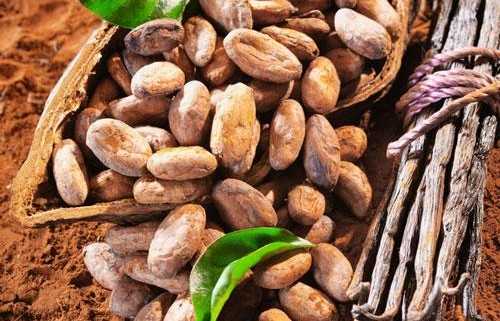

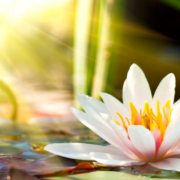



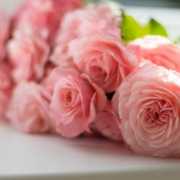


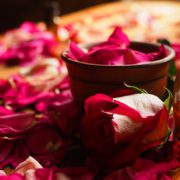













Leave a Reply
Want to join the discussion?Feel free to contribute!